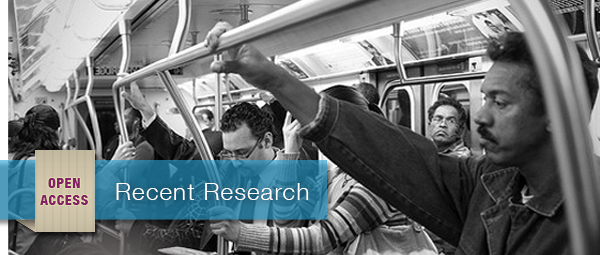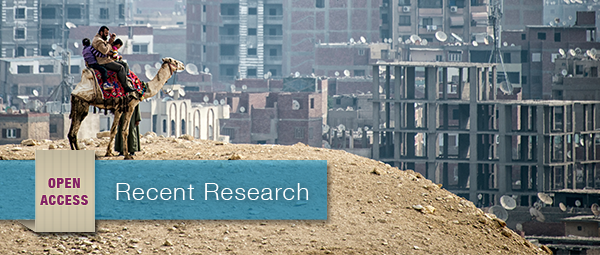Mana Nakagawa, Christine Min Wotipka, Elizabeth Buckner
Sociological Science November 12, 2024
10.15195/v11.a39
Abstract
Drawing on a unique data set of almost 12,000 faculty members from 52 globally ranked universities in four fields (sociology, biology, history, and engineering), this study describes and explains gender differences in tenure among faculty across 13 countries. In our sample, women comprise roughly one-third of all faculty and only 23 percent of tenured faculty, with significant variation across fields and countries. Findings from a series of multilevel regression analyses suggest support for a gender filter argument: women are less likely to be tenured overall and in every field. Opportunities for tenure also matter. In countries with very low- and high-tenure rates, women are much less likely to be tenured relative to men than in countries with pathways both into and upward in academia.
Drawing on a unique data set of almost 12,000 faculty members from 52 globally ranked universities in four fields (sociology, biology, history, and engineering), this study describes and explains gender differences in tenure among faculty across 13 countries. In our sample, women comprise roughly one-third of all faculty and only 23 percent of tenured faculty, with significant variation across fields and countries. Findings from a series of multilevel regression analyses suggest support for a gender filter argument: women are less likely to be tenured overall and in every field. Opportunities for tenure also matter. In countries with very low- and high-tenure rates, women are much less likely to be tenured relative to men than in countries with pathways both into and upward in academia.
 | This work is licensed under a Creative Commons Attribution 4.0 International License. |
- Citation: Nakagawa, Mana, Christine Min Wotipka, and Elizabeth Buckner. 2024. “Opportunities for Faculty Tenure at Globally Ranked Universities: Cross-National Differences by Gender, Fields, and Tenure Status.” Sociological Science 11: 1084-1106.
- Received: July 26, 2024
- Accepted: October 21, 2024
- Editors: Ari Adut, Nan Dirk de Graaf
- DOI: 10.15195/v11.a39





